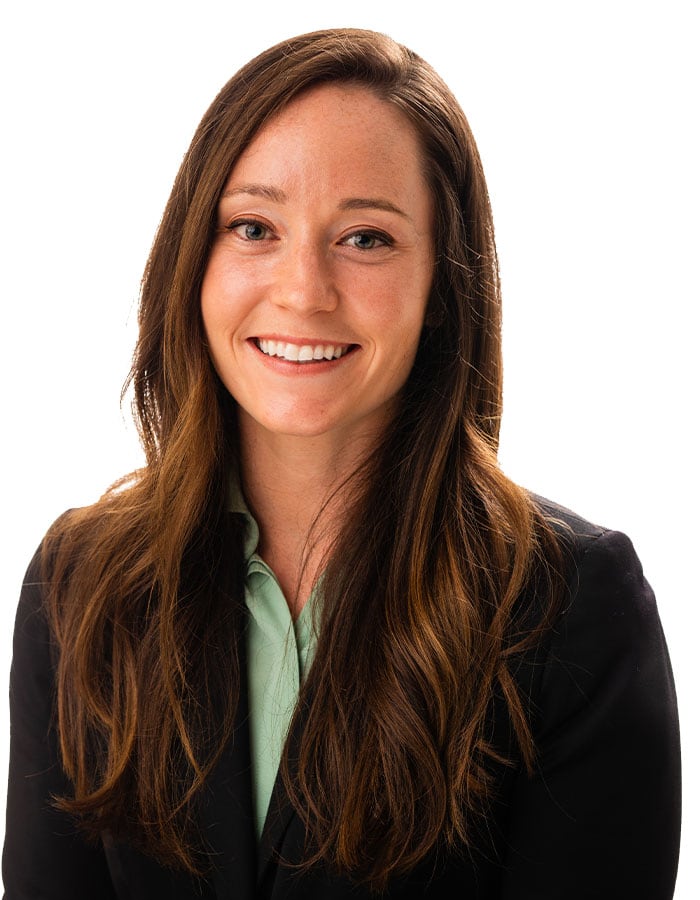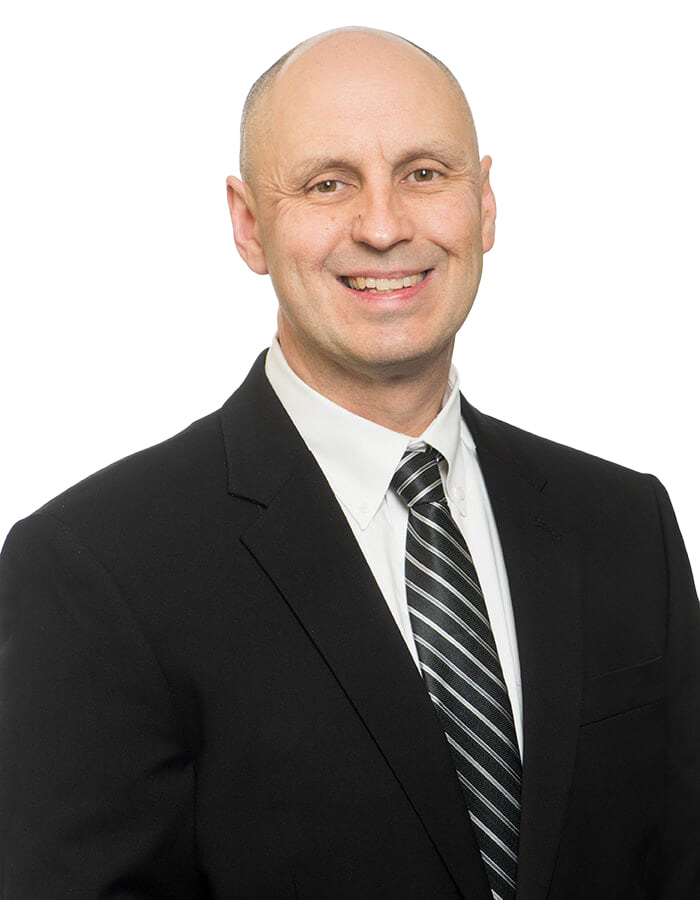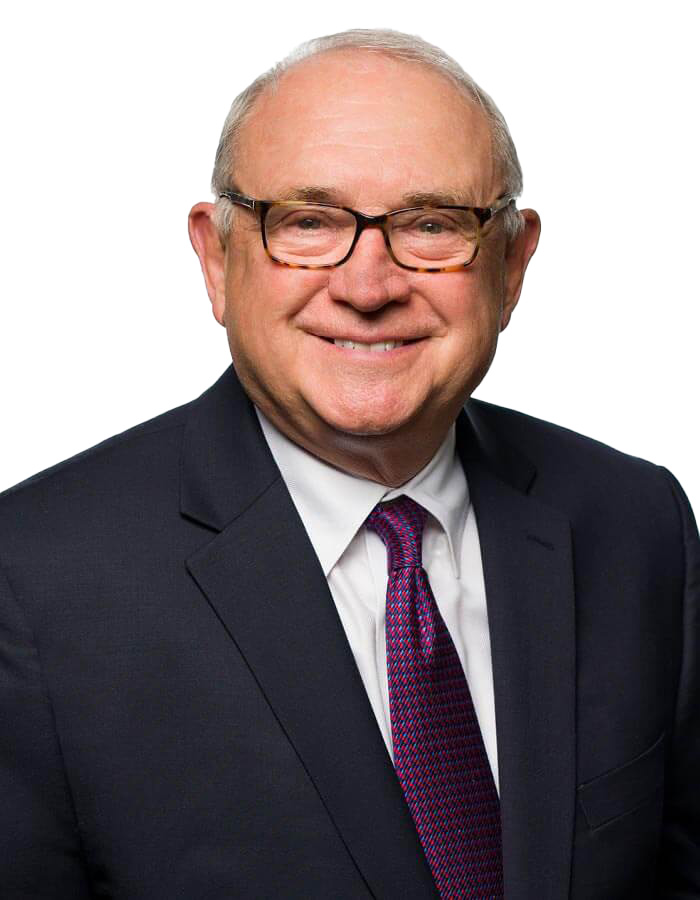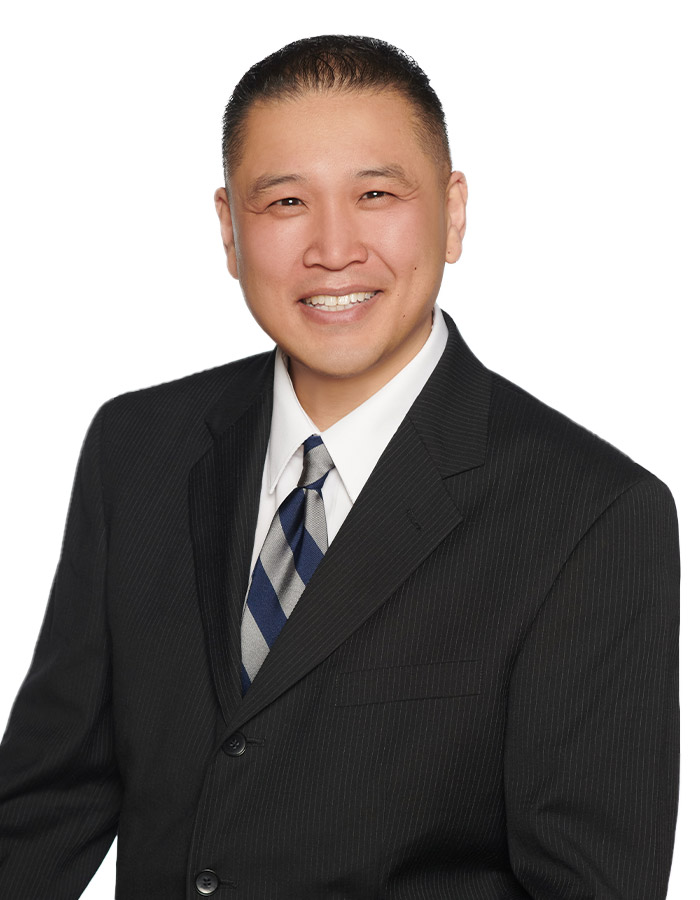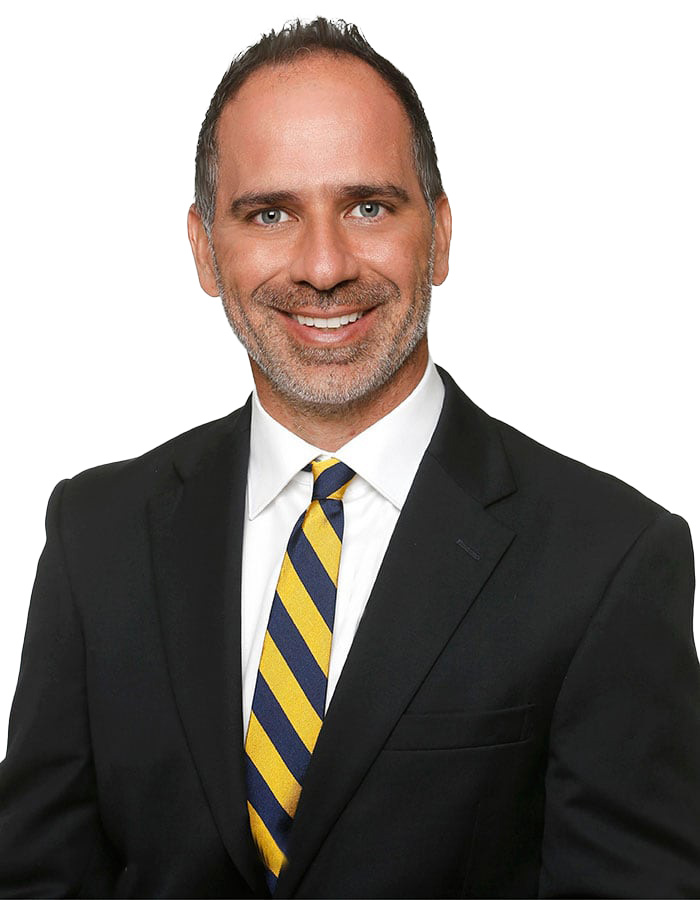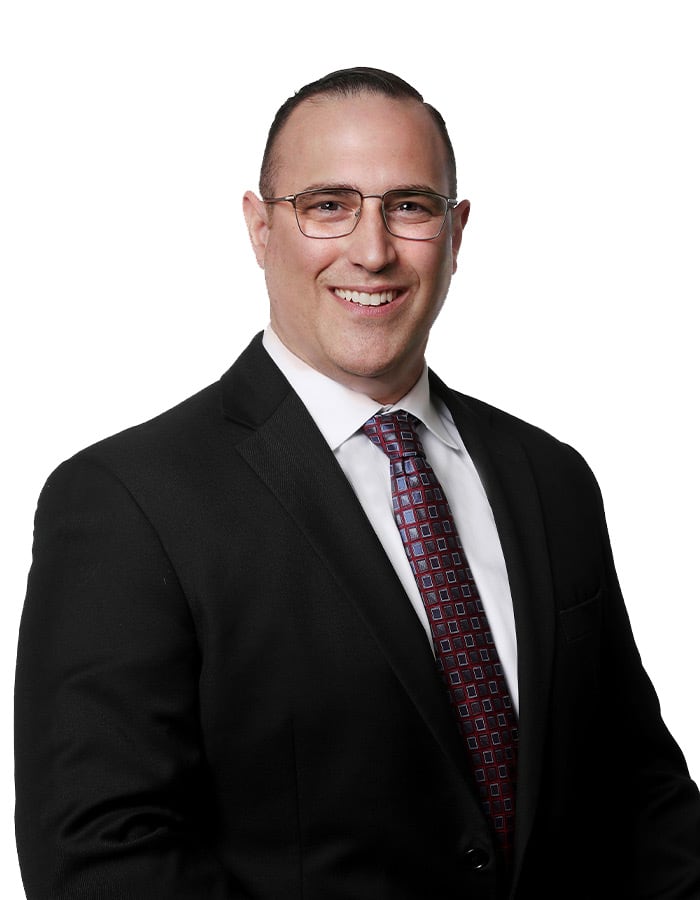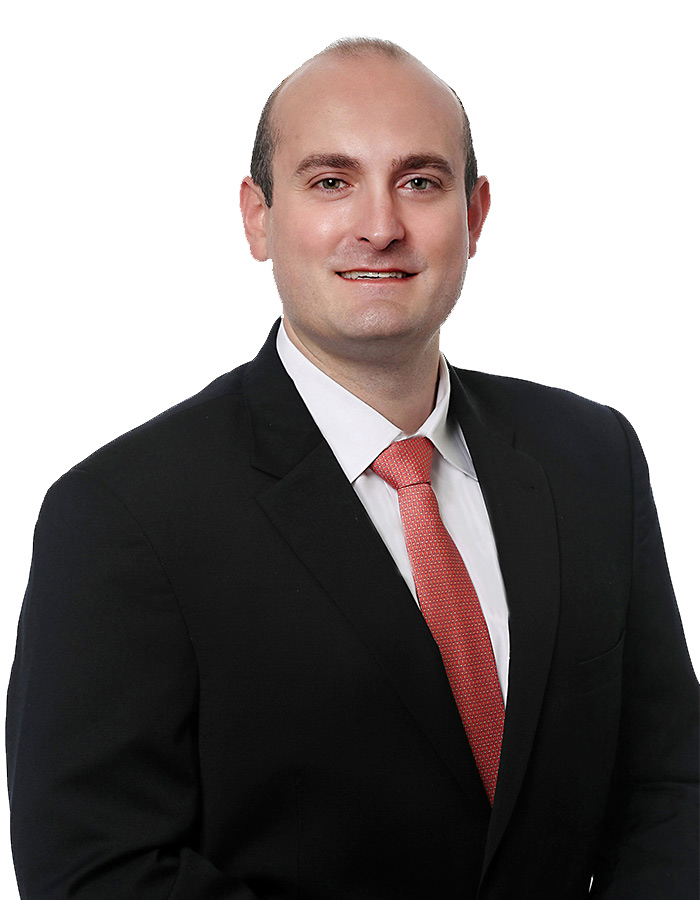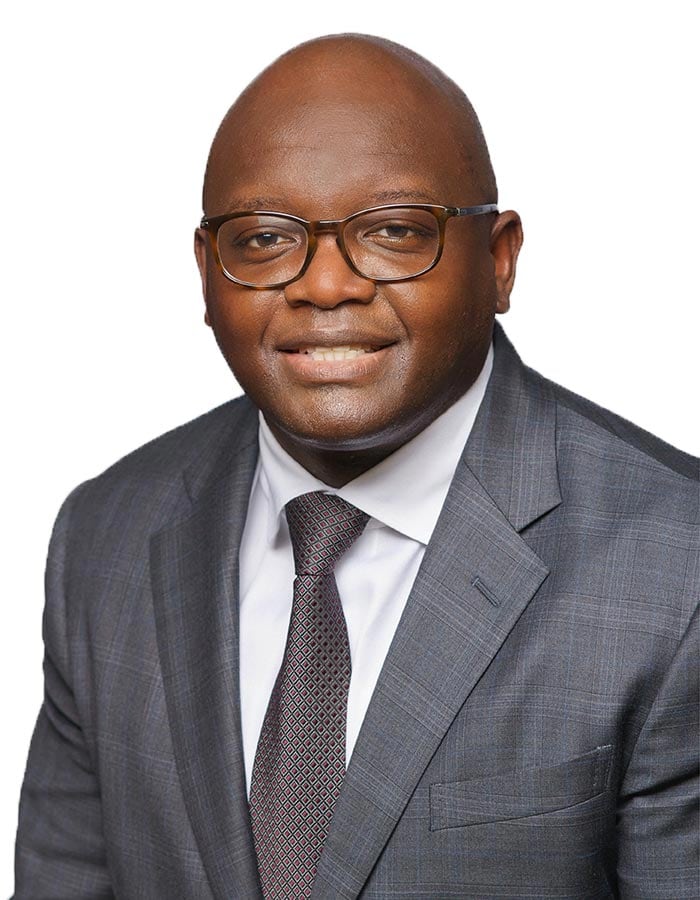Find a physician
OrthoVirginia is the state’s largest provider of expert orthopedic and therapy care with a team of highly-trained specialists. Whether you suffer from a sports injury, chronic pain, or other condition, OrthoVirginia has an orthopedic specialist for you.
Kaitlin Mahoney, DO, CAQSM
Blacksburg
Bluefield
Christiansburg
Wytheville
General Orthopedics
Non-Operative Care of Degenerative Hips and Knees
Regenerative Medicine
Sports Medicine
Garry W. K. Ho, MD, FACSM, FAMSSM, FAAFP, CAQSM, RMSK, CIC
Fair Oaks
Fairfax
General Orthopedics
Non-Operative Care of Degenerative Hips and Knees
Regenerative Medicine
Shoulder
Sports Medicine
Aaron S. Ferro, DO, CAQSM
Chippenham
Prince George
General Orthopedics
Pediatric Orthopedics
Sports Medicine
Patrick A. Oley, MD
Henrico Parham
Back & Neck
Non-Operative Care of Degenerative Hips and Knees
Pain Management
Jessalynn Adam, MD, FAAPMR, CAQSM
Alexandria
Fair Oaks
General Orthopedics
Physiatry
Regenerative Medicine
Sports Medicine

